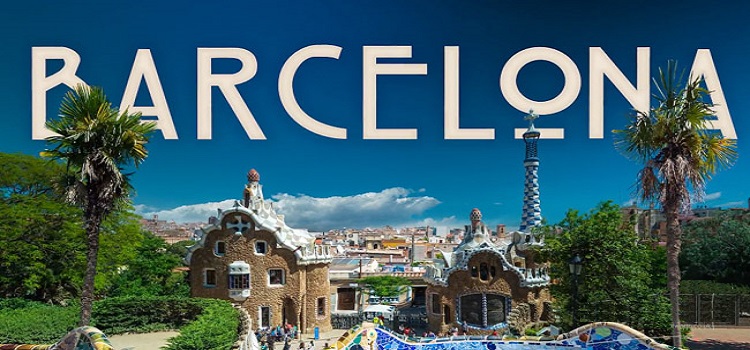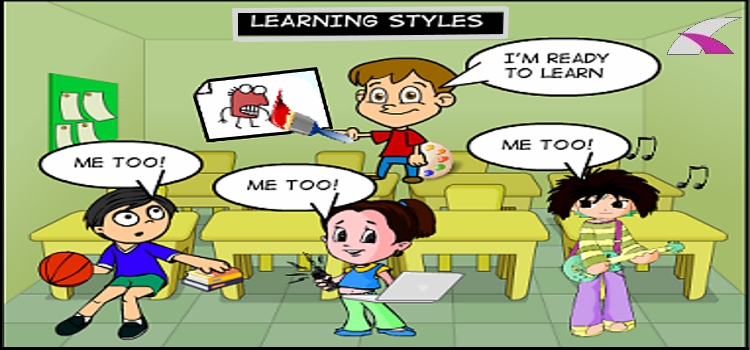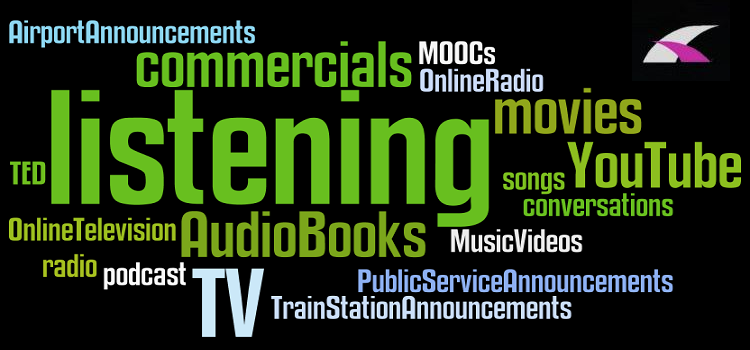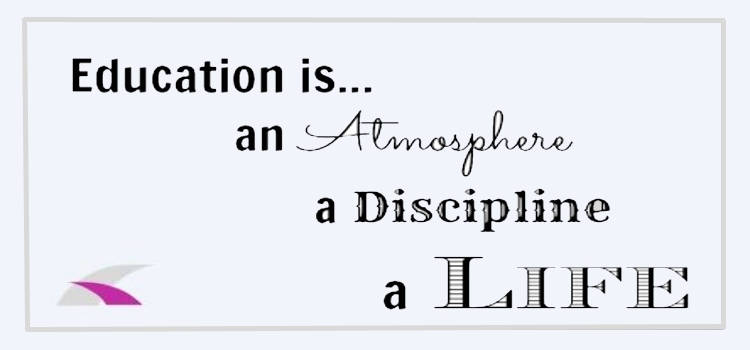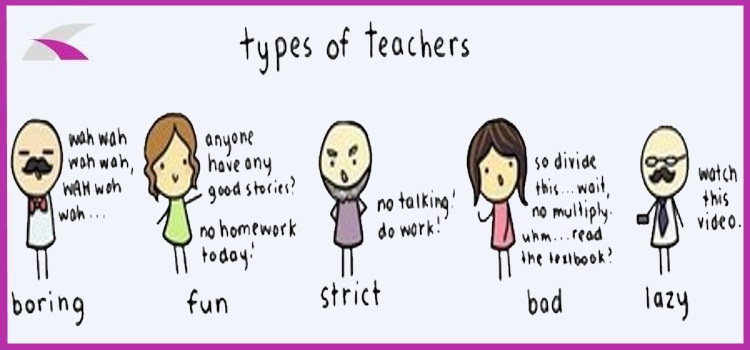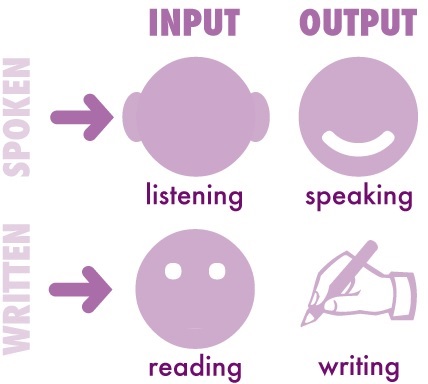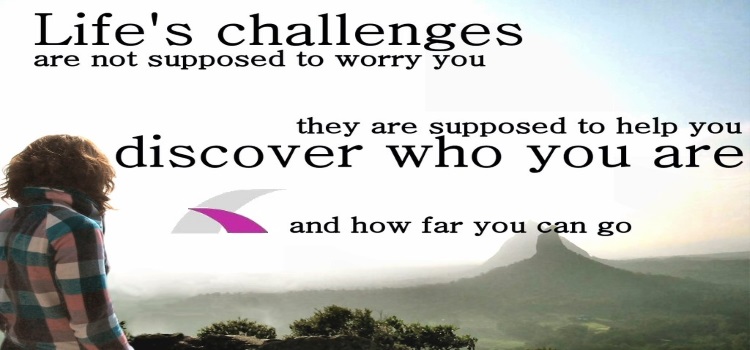15 November 2011 / by Radmila Gurkova
TED Talk-Justin Hall-Tipping: Freeing energy from the grid
httpv://youtu.be/rsuB-6-n-MM
Why can't we solve these problems? We know what they are. Something always seems to stop us. Why? I remember March the 15th, 2000. The B15 iceberg broke off the Ross Ice Shelf. In the newspaper it said "it was all part of a normal process." A little bit further on in the article it said "a loss that would normally take the ice shelf 50-100 years to replace." That same word, "normal," had two different, almost opposite meanings.
If we walk into the B15 iceberg when we leave here today, we're going to bump into something a thousand feet tall, 76 miles long, 17 miles wide, and it's going to weigh two gigatons. I'm sorry, there's nothing normal about this. And yet I think it's this perspective of us as humans to look at our world through the lens of normal is one of the forces that
stops us developing real solutions. Only 90 days after this, arguably the greatest discovery of the last century occurred. It was the sequencing for the first time of the human genome. This is the code that's in every single one of our 50 trillion cells that makes us who we are and what we are. And if we just take one cell's worth of this code and unwind it, it's a meter long, two nanometers thick. Two nanometers is 20 atoms in thickness.
And I wondered, what if the answer to some of our biggest problems could be found in the smallest of places, where the difference between what is valuable and what is worthless is merely the addition or subtraction of a few atoms? And what if we could get exquisite control over the essence of energy, the electron? So I started to go around the world finding the best and brightest scientists I could at universities whose collective discoveries have the chance to take us there, and we formed a company to build on their extraordinary ideas.
Six and a half years later, a hundred and eighty researchers, they have some amazing developments in the lab, and I will show you three of those today, such that we can stop burning up our planet and instead, we can generate all the energy we need right where we are, cleanly, safely, and cheaply. Think of the space that we spend most of our time. A tremendous amount of energy is coming at us from the sun. We like the light that comes into the room, but in the middle of summer, all that heat is coming into the room that we're trying to keep cool. In winter, exactly the opposite is happening. We're trying to heat up the space that we're in, and all that is trying to get out through the window.
Wouldn't it be really great if the window could flick back the heat into the room if we needed it or flick it away before it came in? One of the materials that can do this is a remarkable material, carbon, that has changed its form in this incredibly beautiful reaction where graphite is blasted by a vapor, and when the vaporized carbon condenses, it condenses back into a different form: chickenwire rolled up. But this chickenwire carbon, called a carbon nanotube, is a hundred thousand times smaller than the width of one of your hairs. It's a thousand times more conductive than copper. How is that possible? One of the things about working at the nanoscale is things look and act very differently. You think of carbon as black. Carbon at the nanoscale is actually transparent and flexible. And when it's in this form, if I combine it with a polymer and affix it to your window when it's in its colored state, it will reflect away all heat and light, and when it's in its bleached state it will let all the light and heat through and any combination in between. To change its state, by the way, takes two volts from a millisecond pulse. And once you've changed its state, it stays there until you change its state again.
As we were working on this incredible discovery at University of Florida, we were told to go down the corridor to visit another scientist, and he was working on a pretty incredible thing. Imagine if we didn't have to rely on artificial lighting to get around at night. We'd have to see at night, right? This lets you do it. It's a nanomaterial, two nanomaterials, a detector and an imager. The total width of it is 600 times smaller than the width of a decimal place. And it takes all the infrared available at night, converts it into an electron in the space of two small films, and is enabling you to play an image which you can see through. I'm going to show to TEDsters, the first time, this operating. Firstly I'm going to show you the transparency. Transparency is key. It's a film that you can look through. And then I'm going to turn the lights out. And you can see, off a tiny film, incredible clarity.
As we were working on this, it dawned on us: this is taking infrared radiation, wavelengths, and converting it into electrons. What if we combined it with this? Suddenly you've converted energy into an electron on a plastic surface that you can stick on your window. But because it's flexible, it can be on any surface whatsoever. The power plant of tomorrow is no power plant. We talked about generating and using. We want to talk about storing energy, and unfortunately the best thing we've got going is something that was developed in France a hundred and fifty years ago, the lead acid battery. In terms of dollars per what's stored, it's simply the best.
Knowing that we're not going to put fifty of these in our basements to store our power, we went to a group at University of Texas at Dallas, and we gave them this diagram. It was in actually a diner outside of Dallas/Fort Worth Airport. We said, "Could you build this?" And these scientists, instead of laughing at us, said, "Yeah." And what they built was eBox. EBox is testing new nanomaterials to park an electron on the outside, hold it until you need it, and then be able to release it and pass it off. Being able to do that means that I can generate energy cleanly, efficiently and cheaply right where I am. It's my energy. And if I don't need it, I can convert it back up on the window to energy, light, and beam it, line of site, to your place. And for that I do not need an electric grid between us.
The grid of tomorrow is no grid, and energy, clean efficient energy, will one day be free. If you do this, you get the last puzzle piece, which is water. Each of us, every day, need just eight glasses of this, because we're human. When we run out of water, as we are in some parts of the world and soon to be in other parts of the world, we're going to have to get this from the sea, and that's going to require us to build desalination plants. 19 trillion dollars is what we're going to have to spend. These also require tremendous amounts of energy. In fact, it's going to require twice the world's supply of oil to run the pumps to generate the water. We're simply not going to do that. But in a world where energy is freed and transmittable easily and cheaply, we can take any water wherever we are and turn it into whatever we need.
I'm glad to be working with incredibly brilliant and kind scientists, no kinder than many of the people in the world, but they have a magic look at the world. And I'm glad to see their discoveries coming out of the lab and into the world. It's been a long time in coming for me. 18 years ago, I saw a photograph in the paper. It was taken by Kevin Carter who went to the Sudan to document their famine there. I've carried this photograph with me every day since then. It's a picture of a little girl dying of thirst. By any standard this is wrong. It's just wrong. We can do better than this. We should do better than this.
And whenever I go round to somebody who says, "You know what, you're working on something that's too difficult. It'll never happen. You don't have enough money. You don't have enough time. There's something much more interesting around the corner," I say, "Try saying that to her." That's what I say in my mind. And I just say "thank you," and I go on to the next one. This is why we have to solve our problems, and I know the answer as to how is to be able to get exquisite control over a building block of nature, the stuff of life: the simple electron.
Thank you.
(Applause)
